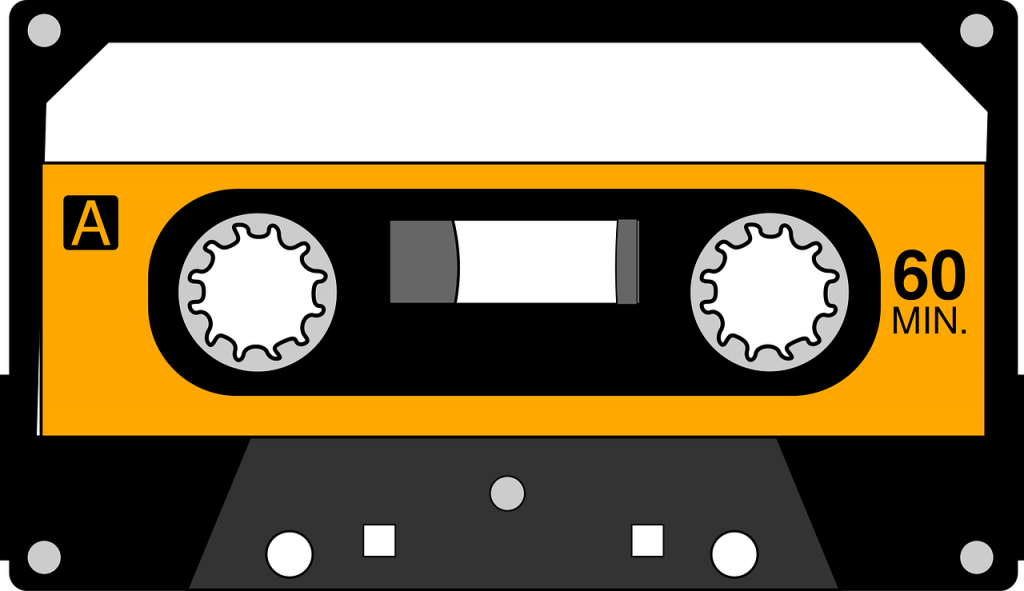Lossless Music: Why Every Artist Needs To Know Formats, Tests, & Streaming

*This article may contain links to affiliate products & services. We have reviewed these services to try and ensure the highest quality recommendations*
If you’re a writer, you should know how to use a computer; if you’re a basketball player, you should know the basics of how your body responds to physical activity; if you’re a programmer, you should know the fundamentals of how a computer interacts with software; and if you’re a musician, you should know the basics of computer audio.
A computer is as much of an instrument as a guitar and as much a tool as a microphone. It directly influences how your audience interacts with your music and in turn, with you. So today, we’re going to have a brief overview of formats, tests and streaming; and how it relates to you.
How Audio Works
In all electrical devices, sound is processed through a sound card. Cards vary in size and quality based on the device it is in; but everything from your personal computer to your TV has a sound card.
They are there to manage all the inputs and outputs passing through the device and to make sense of the digital information tagged as audio signals.
File Formats
File formats are super important to quality. Different formats will allow for professional sound quality, so it is worth paying attention to them.
If you’re just starting out, you may want to use a format like .mp3, .mp4, or .wma. These formats are called lossy audio formats. This type of file format gets rid of data non-essential data to create smaller files sizes. However, this lowers the overall quality of the sound.
As you get more comfortable making music and you are making songs you would like to share, you will want your audio to be in a lossless format (FLAC, ALAC, WAV, etc.). Lossless formats save all of the information from the song's inputs, creating larger, but better quality files.
Tests
If you're curious, find some samples of the same track and see if you can hear the difference between lossy and lossless files. The quality of your headphones will make this challenge easier.
Lossless file types are especially important if you’re presenting your track to a potential publisher.
Some main other factors that influence playback (aside from file type):
Acoustics -- this is influenced by the size of the room and the material the walls are made out of
The size of the speaker -- bigger speakers allow for more dynamic frequency
Location of the speaker -- make sure you orient them to create a sweet spot
No equalization -- the quality of the speaker should speak (pun intended) for itself.
All these factors will be tuned to the ear of the publisher listening to your song. They set up their system and will know what a good quality track will sound like. It's your job to provide them with the best possible file you can, so it sounds good to them.
Using a lossless file type is an important step in making professional music.
Streaming
I won’t go into too much detail about streaming. Streaming is playing media on a device. It could be over a private network or over the internet. In tech speak, it’s the sending of bits of data to a viewer in real time. You can also stream things other media than music, like movies, TV shows, books, and even images.
Conclusion
This was a brief overview of music file types you will encounter as a musician. Of all we covered, I want to emphasize the point about when to use lossless music formats. When you start sending your tracks to publishers and labels, that is when lossless files are the standard and something you should consider adopting.
It is a small thing you can add to make your music sound more professional.
When your song is ready to go, it's time to start promoting it to potential fans! Omari has the best organic promotion services money can buy. With packages for Spotify, TikTok, Instagram, and YouTube, we will get your music the traffic and attention it deserves! Click below for more information.
SPEAK YOUR MIND
How This INDIE Artist Got Over 67,598,275 Streams On ONE Song
Join the No-Nonsense Music Marketing Newsletter to get the most valuable weekly case studies and strategies to grow your music business!




